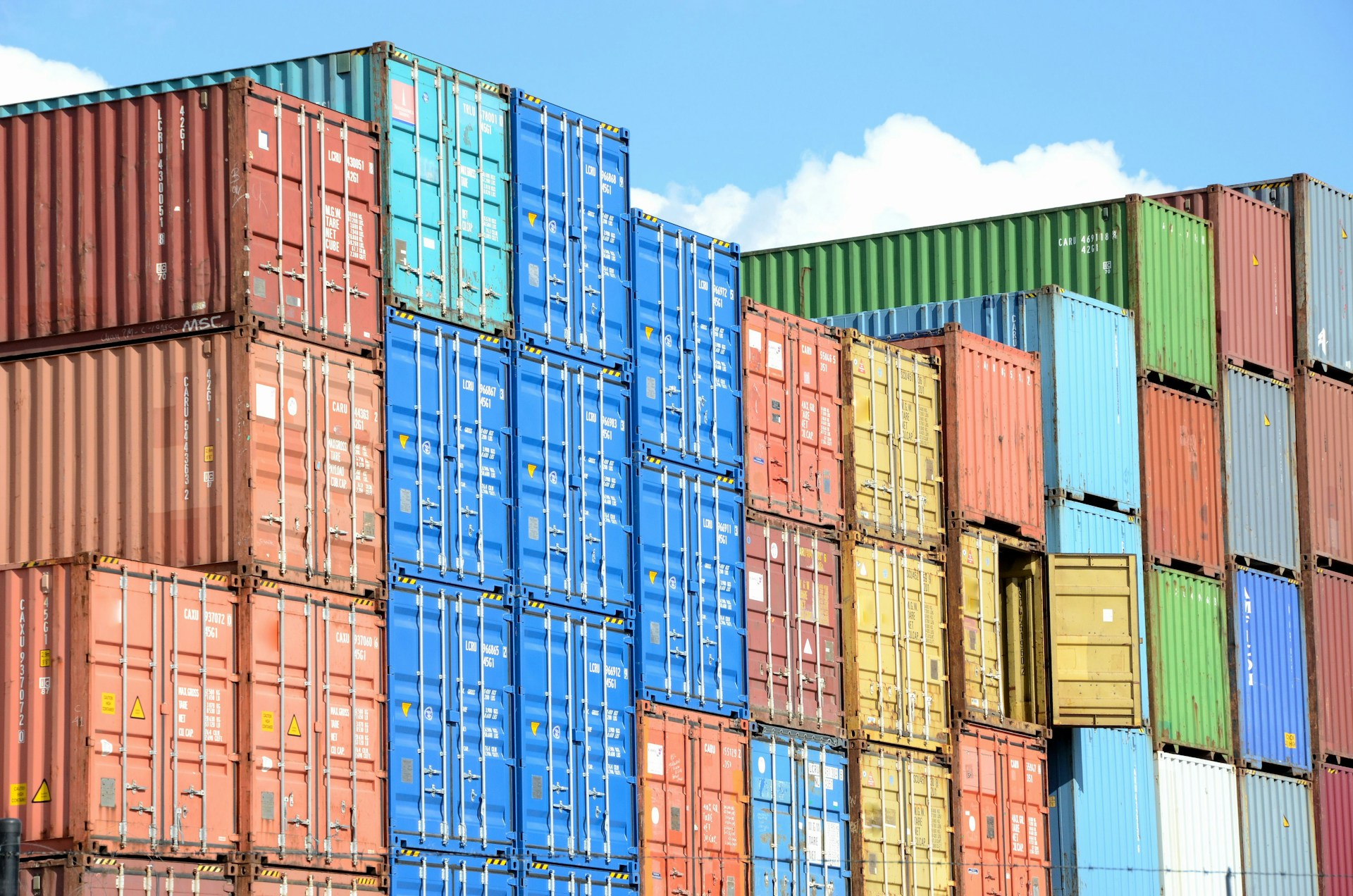Exports of Indonesian products throughout 2025 show a strong growth trend. Official data from the Central Statistics Agency (BPS) show that the May 2025 export value reached US$24.61 billion, up nearly 10 percent from the same period last year. The non-oil and gas export performance is even more impressive, with an 11.80 percent increase, driven by a surge in flagship products such as palm oil, iron and steel.
Exports rise steadily in 2025
Cumulatively from January to May 2025, Indonesia's exports reached 111.98 billion U.S. dollars. This figure rose by 6.98 percent compared to the previous year. Non-oil and gas exports contributed US$106.06 billion, up 8.22 percent. BPS said that this growth was triggered by an increase in global demand for palm oil and steel, two sectors that underpin Indonesia's trade.
According to a Reuters report, May exports were also supported by coal commodities, even though their value remained lower than last year. The government hopes that diversification of products and destination markets can sustain the momentum of the trade surplus that has persisted for more than three consecutive years.
Leading commodities drive performance
Iron and steel became the largest contributor with a value of US$11.61 billion, up 11.02 percent. Palm oil followed with a 27.89 percent surge to reach US$8.90 billion. Conversely, coal fell by 19.10 percent to US$10.26 billion. These three commodities account for nearly one-third of Indonesia's total non-oil and gas exports.
In addition, manufactured goods began to show signs of strengthening. Electronics, motor vehicles, footwear, and computer machinery are among the top 10 export products valued at billions of dollars. Eximpedia data ranks mineral fuels, palm oil, and iron and steel as the three largest commodities dominating Indonesia's exports this year.
Tariffs and Global Market Challenges
Amid positive achievements, Indonesia faces a serious challenge in the form of tariff policies from its trading partners. Indonesian shrimp products are subject to a 19 percent tariff by the United States. This condition forces exporters to redirect some of their shipments to China and other alternative markets. In the biodiesel sector, Indonesia has successfully won the dispute at the World Trade Organization (WTO) against the European Union. The government is now urging the repeal of anti-subsidy duties that have long restricted palm oil exports.
On the other hand, the United States government signaled tariff exemptions for palm oil, rubber, and cocoa. This news has been positively received by businesspeople because it can broaden export opportunities in Indonesia's main market.
Trade Policies and Trade Agreements
The Indonesian government also canceled the obligation to use a benchmark price for the sale of minerals and coal. This step provides more flexibility for exporters in determining prices according to market conditions. Data show coal exports in the first half of 2025 reached 238 million tons, up 20 percent from last year.
The comprehensive trade agreement with the European Union (CEPA) has become another focal point. This agreement will eliminate tariffs on up to 80 percent of Indonesian export products and facilitate access to business visas. The full implementation target is set before 2027. President Prabowo emphasizes that this agreement is a major leap forward for Indonesia's competitiveness in the European market.
Indonesia's export prospects
The 2025 export trend of Indonesian products shows a combination of challenges and opportunities. Strong growth in the non-oil and gas sector reinforces a shift away from dependence on coal toward diversification into higher value-added commodities. With the support of government policy, new market opportunities, and international trade agreements, Indonesia has the potential to maintain a trade surplus in the coming years.
Businesses are urged to continue improving product quality and strengthen penetration in non-traditional markets. This strategy is expected to be able to maintain export resilience in the face of geopolitical dynamics and fluctuations in global prices.
Also read analysis related to the development of the global economy and trade policy in Insemination to understand the broader context of Indonesia's export trends.
Discover more from Insimen
Subscribe to get the latest posts sent to your email.










